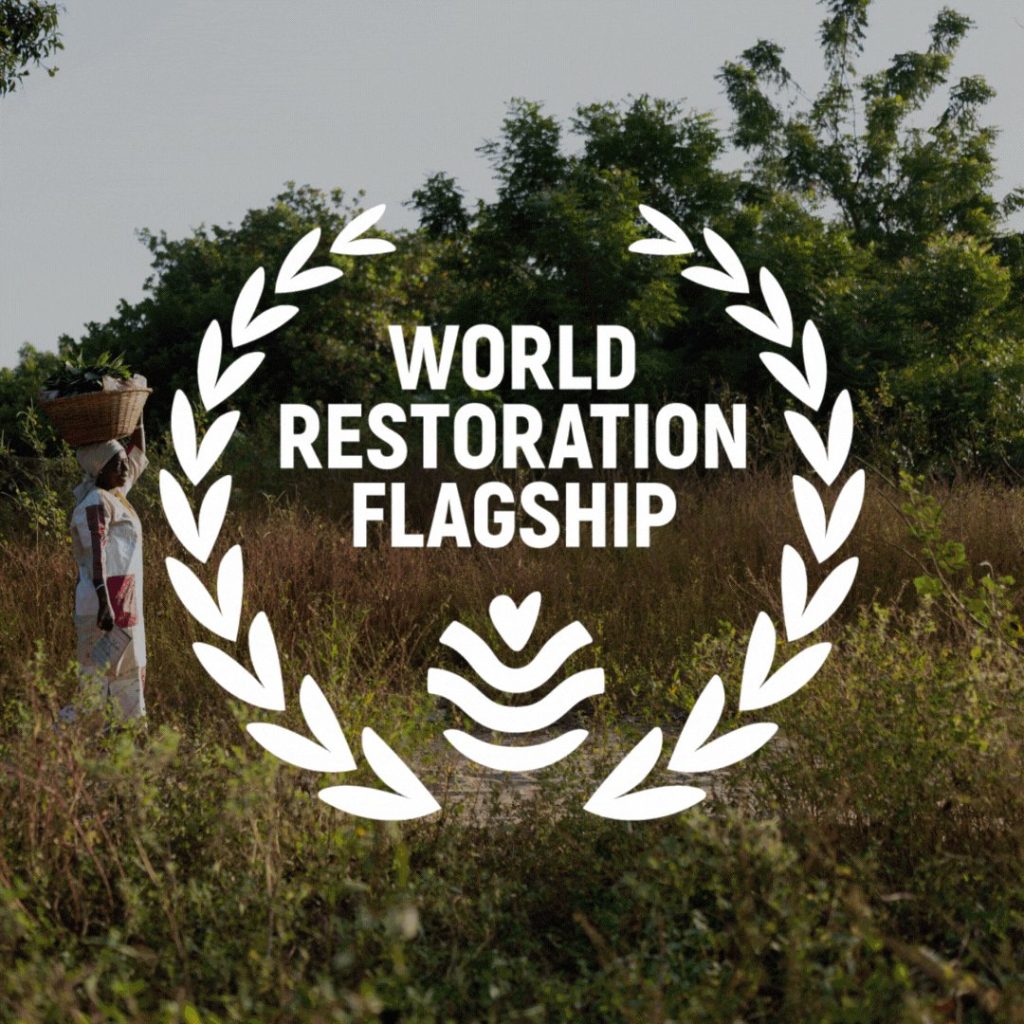Context:
The UN Environment Programme (UNEP) and the Food and Agriculture Organization of the United Nations (FAO) established seven activities as UN World Restoration Flagships.
About programme:
The United Nations named seven initiatives from across Africa, Latin America, the Mediterranean and Southeast Asia as the intergovernmental organisation’s World Restoration Flagships.
Objective: Prevent, halt, and reverse ecosystem degradation across all continents and oceans to protect ecosystems affected by wildfires, drought, deforestation, and pollution.
Support: The UN will provide technical and financial support for these efforts.
The seven initiatives are:
The Restoring Mediterranean Forests Initiative: It involves Lebanon, Morocco, Tunisia, and Turkey.
- Since 2017, almost 2 million hectares of woods have been restored, with the goal of reaching over 8 million by 2030.
The Living Indus initiative: It was approved by Pakistan’s parliament following the 2022 climate change-induced floods. It was officially launched at the 27th Conference of Parties to the United Nations Framework Convention on Climate Change in Sharm el-Sheikh.
- The aim is to restore twenty-five million hectares of the Indus River basin by 2030.
The Action Andina Social Movement: It was led by the non-profit Andean Ecosystems Association (ECOAN), aims to protect and restore one million hectares of Andean forests.
- These forests are tropical and subtropical and grow along the slopes of South America’s Andes mountains.
The Sri Lanka Mangrove Regeneration Initiative: It is a science-driven initiative led by local people.
- It focuses on restoring the ecosystem’s natural balance and aim to restore 10,000 hectares of mangroves by 2030.
- Since beginning in 2015, efforts have resulted in 500 hectares of restored mangroves, according to a UN statement.
The Terai Arc Landscape (TAL): The TAL spans 810 km from the Yamuna in the west to the Bhagmati in the east. Initiative aims to restore forests in critical corridors through collaboration with local communities, including citizen scientists, anti-poaching units, and forest guards.
- It comprises the Shivalik hills, bhabhar regions, and Terai floodplains span over India (Uttarakhand, Uttar Pradesh, Bihar) and Nepal’s low-lying hills. Plans to rehabilitate 350,000 hectares of woods by 2030.
Regreening African agriculture: It will improve the carbon storage, crop and grass yields, soil resilience (prevents flooding), and provides natural fertilizer through fixed nitrogen.
The Growing Forests in Africa’s Drylands: This Initiative aims to increase restoration efforts from 41,000 to 229,000 hectares by 2030.African farmers grow tens of millions of trees annually.

